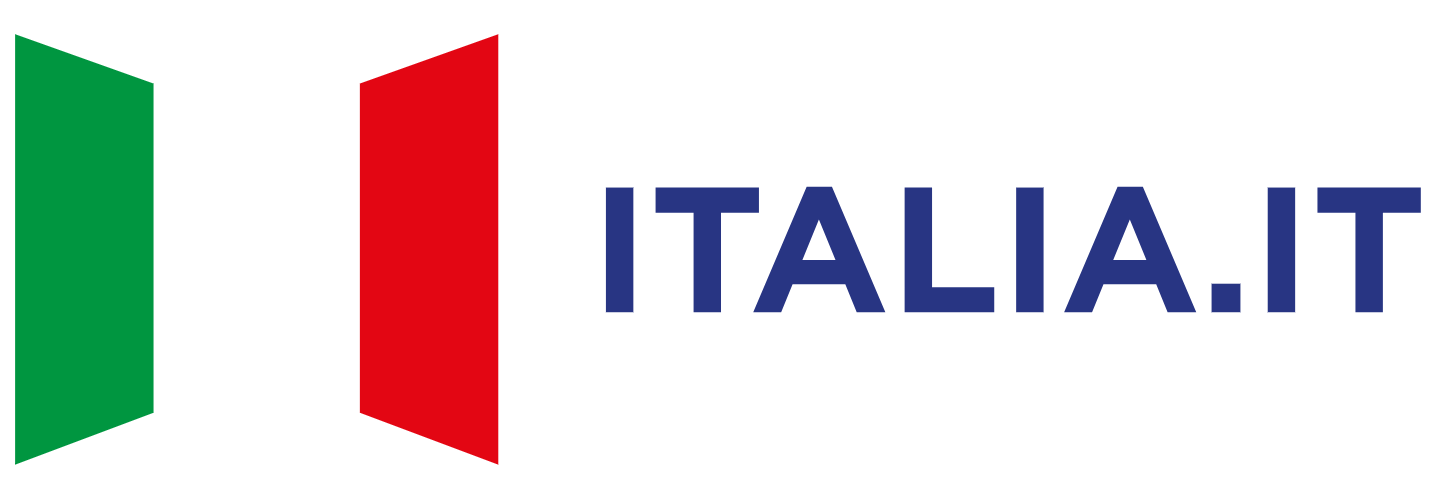Hiking tourism with ENIT & Touring Club: for the first time, a study mapping Italy’s walking tourism sevices

PRESS RELEASE
HIKING TOURISM WITH ENIT & TOURING CLUB: FOR THE FIRST TIME, A STUDY MAPPING ITALY’S WALKING TOURISM SEVICES
ITALY RANKS FIRST FOR SLOW TOURISM
THE CONCEPT OF HIKING TOURISM CAN BE DEFINED AS: DEMAND, TRENDS AND INTERNATIONAL POSITIONING IN A STUDY OF SLOW TRAVEL
Italy ranks first for slow tourism in many markets. Specifically, the UK chooses Italy (65%) and Spain (33%) while France favours Italy (51%) and France (39%) and Germany prefers Italy (49%) and Austria (32%).
An ENIT survey conducted by the Italian Touring Club and Ipsos has investigated the world of hiking tourism, defining its nomenclature, trails and objectives. This kind of tourism favours a slow pace with walks on nature trails. For the first time, a study has investigated and defined the concept of hiking tours by mapping Italy’s walking trails.
It includes entirely self-organised tours, purchased through specialised tour operators/travel agencies or local associations and agencies. It also includes tours providing a range of services for hikers (transport of luggage to the destination, transfers to route starting points, etc.).
These tours are organised in stages that involve tourists changing accommodation and locations in both linear and circular mode. It does not, however, include tours with a ‘daisy-chain’ structure (where the accommodation location remains the same for the entire duration of the holiday and hikers have the option of completing all or part of the stages of known routes and trails, i.e., those with dedicated information sites or that have been explicitly structured by a tour operator or travel agency within a specific catalogue).
100 trails were mapped, covering a total distance of around 30,000 km. 79 of these have an official website but 16 were excluded from content analysis because they were not tourist paths (European project sites) or were still under construction. A total of 63 websites were analysed:
75% of the websites list the services available along the route (accommodation, catering, services for walkers) or affiliated services for those with the credentials;
74% of the websites provide GPX tracks of the route;
74% of the trails award credentials/Testimonium certificates;
73% of the websites describe the attractions along the way;
69% of the trails have an official guidebook or printed/downloadable information;
63% of the trails are managed by third sector organisations;
61% of the websites indicate the difficulty level of the walk;
54% of the trails are open to both walkers and cyclists;
The most popular social media for promoting walking trails is Facebook (50%), followed by Instagram and YouTube, and 49% of the websites are multilingual (English being the most common language);
34% of the official websites offer the option of purchasing packages or guided tours, and 25% of the websites provide an alert service for reporting diversions or inaccessible trails;
The opinion poll was conducted between 15 August and 15 September 2023 on representative samples of the Italian population (1,000 cases) and the French, English and German populations (500 cases per country), using the CAWI method. The main results were as follows:
25% of the British, 20% of the French, 19% of the Germans and 17% of the Italians had already experienced slow tourism (i.e., walking or cycling). 45% of the British, 42% of the French and Germans and 37% of the Italians planned to do so in the future. Of those who said they were not interested, the highest percentage was among the Italians (23%), compared to 21% of the Germans, 18% of the French and 15% of the British. Among their preferred destinations for developing slow tourism, Italians mentioned Italy (60%), Spain (39%), Portugal and Croatia (29%) and France (27%). The most cited regions of Italy were Trentino-Alto Adige (33%), Tuscany (32%), Umbria (30%) and Sicily (26%).
“Analysis is the first step towards bringing order and developing appropriate synergies between target groups and locations. An understanding of tourism also gives rise to development of increasingly high-performing targeted services. At ENIT, we have always been committed to the world of walking - something we have previously demonstrated through projects linked to the Francigena and Capuchin routes - but the time has now come to raise awareness of every local development in Italy linked to this segment, through a networked and integrated trail system”, comments Ivana Jelinic, ENIT’s Chair and CEO.
According to the most searched Italian regions in the survey, there is a convergence on Sicily and Tuscany by the French (Sicily 44% and Tuscany 39%), the British (Sicily 44% and Tuscany 27%) and the Germans (Tuscany 48% and Sicily 32%).
“Hiking tourism is an essential pillar of the tourism scene, and the survey conducted attributes a crucial role to this sector. This research provides us with a better understanding of travellers' preferences and expectations, enabling us to design more satisfying travel experiences. It also helps us to preserve the natural environment, promote hiking destinations and support local economies. The Italian Touring Club is proud to actively promote and support this type of research in order to guarantee sustainable and rewarding hiking tourism for all outdoor enthusiasts and culture lovers,” says Touring Club Study Centre Director Massimiliano Vavassori.
Francesca Cicatelli
ENIT Press Office
Phone: +39 06 4971 480

